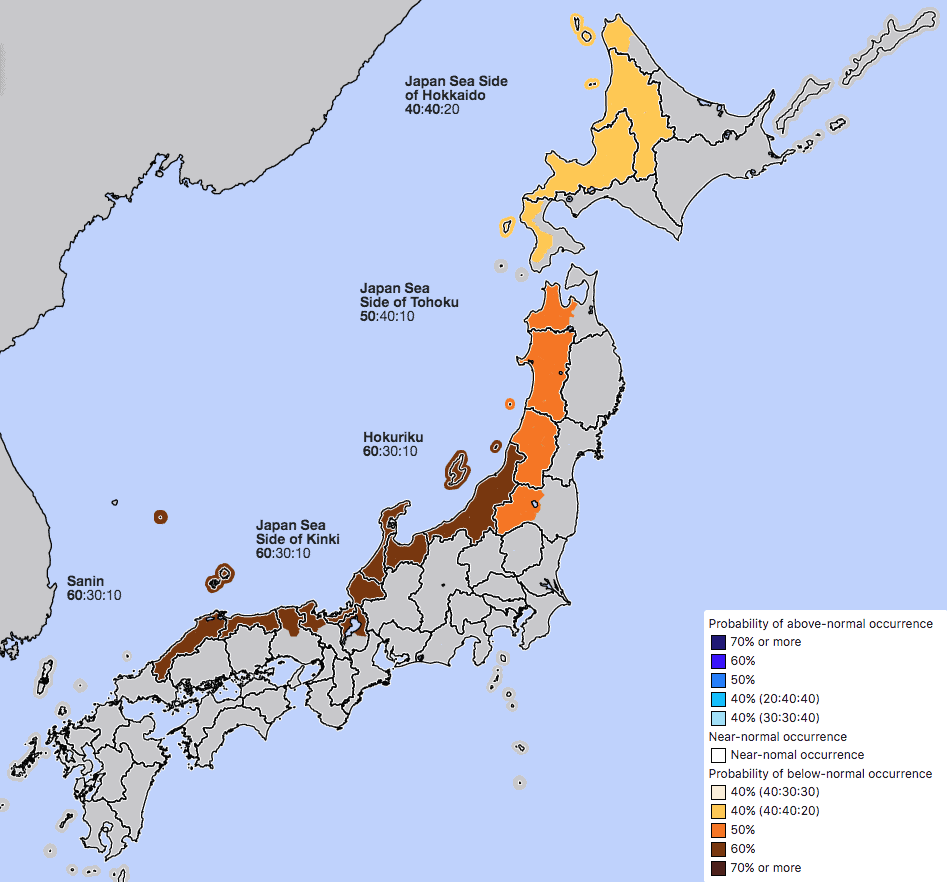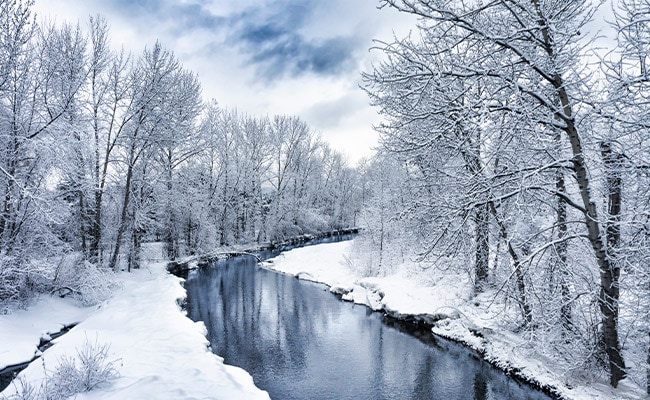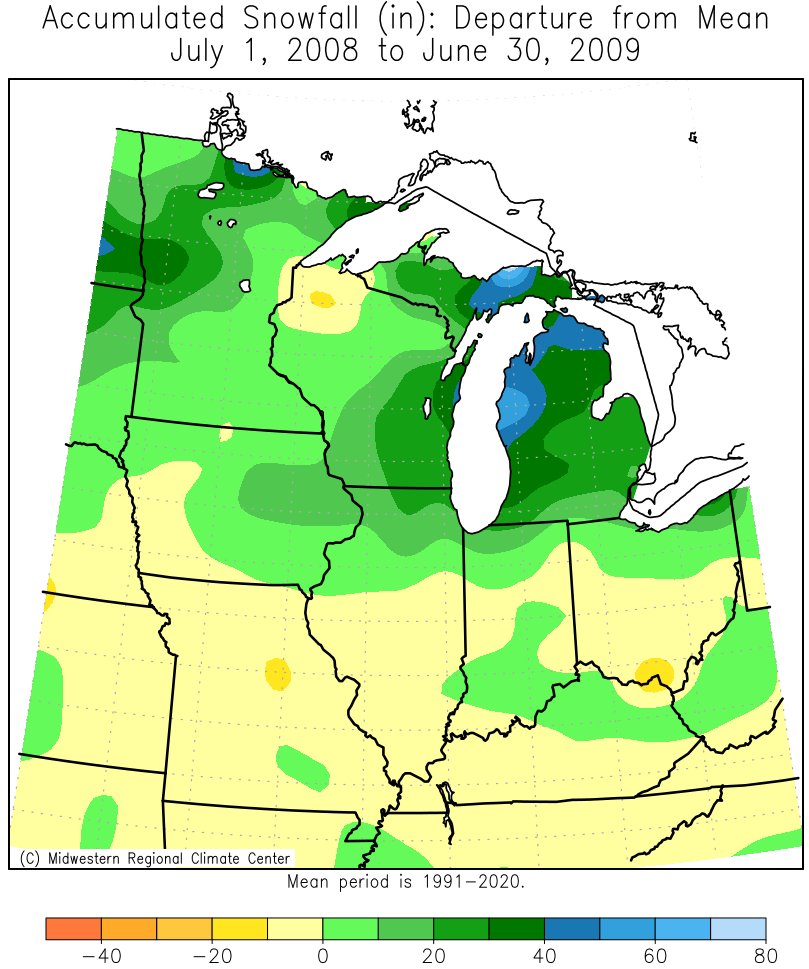Table of Contents
- Children play snow during a snowfall on December 20, 2023 in Yantai ...
- The 2023-24 snow season fades away
- Happy New Year 2025 In Japanese - Marlo Shantee
- With 21.8cm of snow, yesterday was Montréal's snowiest day since Jan ...
- 2023-2024 Japanese Snow Season Outlook – Grasshopper's February Update ...
- First Snowfalls, Upcoming weather and Storms of winter 2023-2024. Storm ...
- Winter 2024-25 Outlook
- Photo gallery: Your snow pictures from February 2023
- Pinterest Noel Deco 2024 - Marlo Shantee
- 2023-2024 Japanese Snow Season Outlook – Grasshopper's February Update ...

The National Oceanic and Atmospheric Administration (NOAA) has released its updated winter forecast for the 2024-25 season, and it's looking like La Niña will play a significant role in shaping the weather patterns across the United States. In this article, we'll dive into the details of the forecast and explore what La Niña means for the upcoming winter season.


What is La Niña?

La Niña is a complex weather phenomenon that occurs when the surface temperature of the Pacific Ocean cools down, typically near the equator. This cooling of the ocean water has a ripple effect on the atmosphere, leading to changes in the jet stream and weather patterns across the globe. La Niña events are characterized by below-average sea surface temperatures in the eastern Pacific, which can lead to droughts in some areas and heavy rainfall in others.


NOAA's Winter Forecast Update

According to NOAA's updated forecast, released on January 16, La Niña is expected to continue through the winter of 2024-25. The forecast predicts that the La Niña event will weaken slightly, but still have a significant impact on the weather patterns across the United States. The forecast also notes that the Arctic Oscillation (AO) will play a role in shaping the winter weather, with a negative AO index indicating a more meridional flow in the atmosphere.


Regional Breakdown
So, what does this mean for different regions of the United States? Here's a breakdown of what to expect:
- Northeast: The Northeast can expect a colder-than-average winter, with above-average precipitation. La Niña tends to favor a more active storm track in this region, leading to increased snowfall and freezing rain events.
- South: The Southern states can expect a drier-than-average winter, with below-average precipitation. La Niña tends to suppress the formation of low-pressure systems in this region, leading to fewer storms and less rainfall.
- West Coast: The West Coast can expect a wetter-than-average winter, with above-average precipitation. La Niña tends to favor a more active storm track in this region, leading to increased rainfall and snowfall in the mountains.

Implications for Weather and Climate
The continuation of La Niña through the winter of 2024-25 has significant implications for weather and climate. The forecast suggests that the Western United States can expect increased precipitation, which could help alleviate drought conditions in some areas. However, the Northeast can expect increased snowfall and freezing rain events, which could lead to hazardous travel conditions and disruptions to daily life.
In conclusion, the NOAA winter forecast update suggests that La Niña will continue to play a significant role in shaping the weather patterns across the United States. With a colder-than-average winter expected in the Northeast, a drier-than-average winter in the South, and a wetter-than-average winter on the West Coast, it's essential to stay informed and up-to-date on the latest forecast developments. Stay tuned for further updates and stay safe this winter!
Keyword density: La Niña (7), NOAA (4), winter forecast (4), weather patterns (3), United States (3)
Meta description: Get the latest update on the NOAA winter forecast for 2024-25, including the impact of La Niña on weather patterns across the United States.
Header tags: H1, H2